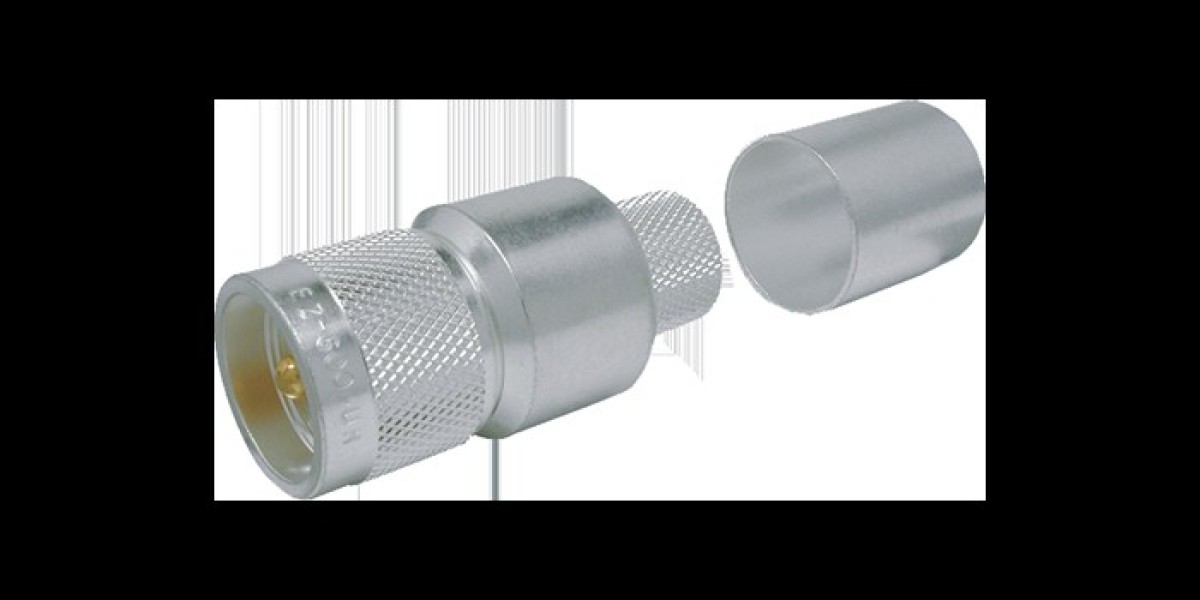What is a UHF Male Connector?
In the realm of RF (Radio Frequency) connectors, the UHF male connector stands out for its versatility and robust design. It's widely used in radio communications, amateur radio setups, and various industrial applications where reliable signal transmission is crucial. The term "UHF" itself stands for Ultra High Frequency, indicating its capability to handle higher frequency ranges efficiently.
Structure and Design
A UHF male connector typically features a threaded outer shell, which provides secure coupling and shielding against external interference. The center pin, a crucial component, ensures precise contact and minimal signal loss. This design not only facilitates easy installation but also enhances durability under demanding conditions.
Applications in Communication Systems
Primarily, UHF male connectors find extensive use in communication systems due to their impedance matching properties and ability to transmit signals effectively across various mediums. From antennas to transmitters, these connectors play a pivotal role in maintaining signal integrity and minimizing attenuation.
Advantages of UHF Male Connectors
- Versatility: Compatible with a wide range of devices and equipment.
- Durability: Designed to withstand environmental challenges and mechanical stress.
- Ease of Use: Simple installation process without the need for specialized tools.
- Cost-Effective: Provides reliable performance at a reasonable cost compared to other connectors.
Common Use Cases
- Radio Equipment: Used in amateur radio setups and professional broadcasting.
- Antenna Systems: Integral part of antenna connections for both sending and receiving signals.
- Test and Measurement: Employed in equipment that requires precise RF signal measurements.
Choosing the Right UHF Male Connector
When selecting a UHF male connector, consider factors such as frequency range, impedance matching, and environmental conditions. Ensuring compatibility with existing equipment and adherence to industry standards can optimize performance and reliability.
Maintenance Tips
To prolong the lifespan and effectiveness of UHF male connectors:
- Regularly inspect for signs of wear or corrosion.
- Clean connectors using appropriate methods to remove debris and oxidation.
- Avoid excessive twisting or pulling during installation to prevent damage to the connector threads.
Future Trends
With advancements in RF technology, UHF connectors continue to evolve to meet the demands of modern communication systems. Innovations focus on enhancing bandwidth capabilities, reducing signal loss, and improving overall efficiency.
Conclusion
The UHF male connector remains a cornerstone in RF communication due to its reliability, versatility, and robust design. Whether in amateur radio setups, industrial applications, or broadcasting systems, these connectors uphold critical roles in ensuring seamless signal transmission. Understanding their structure, applications, and maintenance requirements empowers users to make informed decisions when integrating them into their communication setups.
In essence, the UHF male connector embodies simplicity, durability, and efficiency, making it indispensable in the realm of RF connectors.



